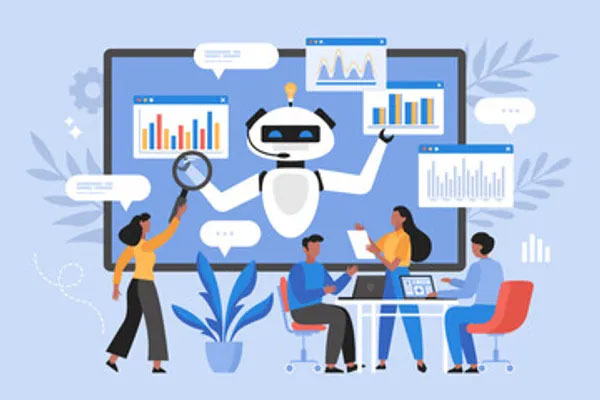In my last blog, I discussed a brief history of AI (Artificial Intelligence) and how we got to the current form of AI known as Generative AI. AI is a broader field encompassing all technologies and methodologies that enable machines to perform tasks requiring human-like intelligence.
Generative AI can learn from existing artifacts to generate new, realistic artifacts (at scale) that reflect the characteristics of the training data but do not repeat it. It can produce novel content, such as images, video, music, speech, text, software code, and product designs. These systems use machine learning techniques, particularly deep learning, to understand and mimic patterns present in the training data they are exposed to. So, generative AI is a type of AI, and not all AI systems are necessarily generative in nature. AI encompasses a wide range of applications, including but not limited to generative capabilities.
One prominent type of generative AI is Generative Adversarial Networks (GANs). GANs consist of two neural networks, a generator and a discriminator, which are trained together in a competitive manner. The generator creates new data instances, and the discriminator evaluates them, providing feedback to the generator to improve its output. This process continues until the generator produces indistinguishable content from real data.
Generative AI uses several techniques that continue to evolve. Foremost are AI foundation models, trained on a broad set of unlabeled data that can be used for different tasks with additional fine-tuning. Complex math and enormous computing power are required to create these trained models, but they are, in essence, prediction algorithms.
Advancement in the Large Language Foundation Models (LLFMs) from 2017-2022 played a significant role in Generative AI. These models serve as a foundation for the customization. Creating foundation models is cost-prohibitive, but once created, they can be customized using a small amount of additional data to achieve state-of-the-art performance on new tasks without significant investment. The release of ChatGPT in 2022 gave users a simple way to access a pre-trained model on vast amounts of diverse data that can generate coherent and contextually relevant text based on a given input in natural language.
Generative AI has applications in various fields, such as natural language processing, image generation, music composition, etc. It can be used for creative purposes, content generation, and even as a tool for solving complex problems in different domains. However, ethical considerations and potential misuse of generative AI, such as deepfake generation or the creation of misleading information, are also areas of concern that need to be addressed.





